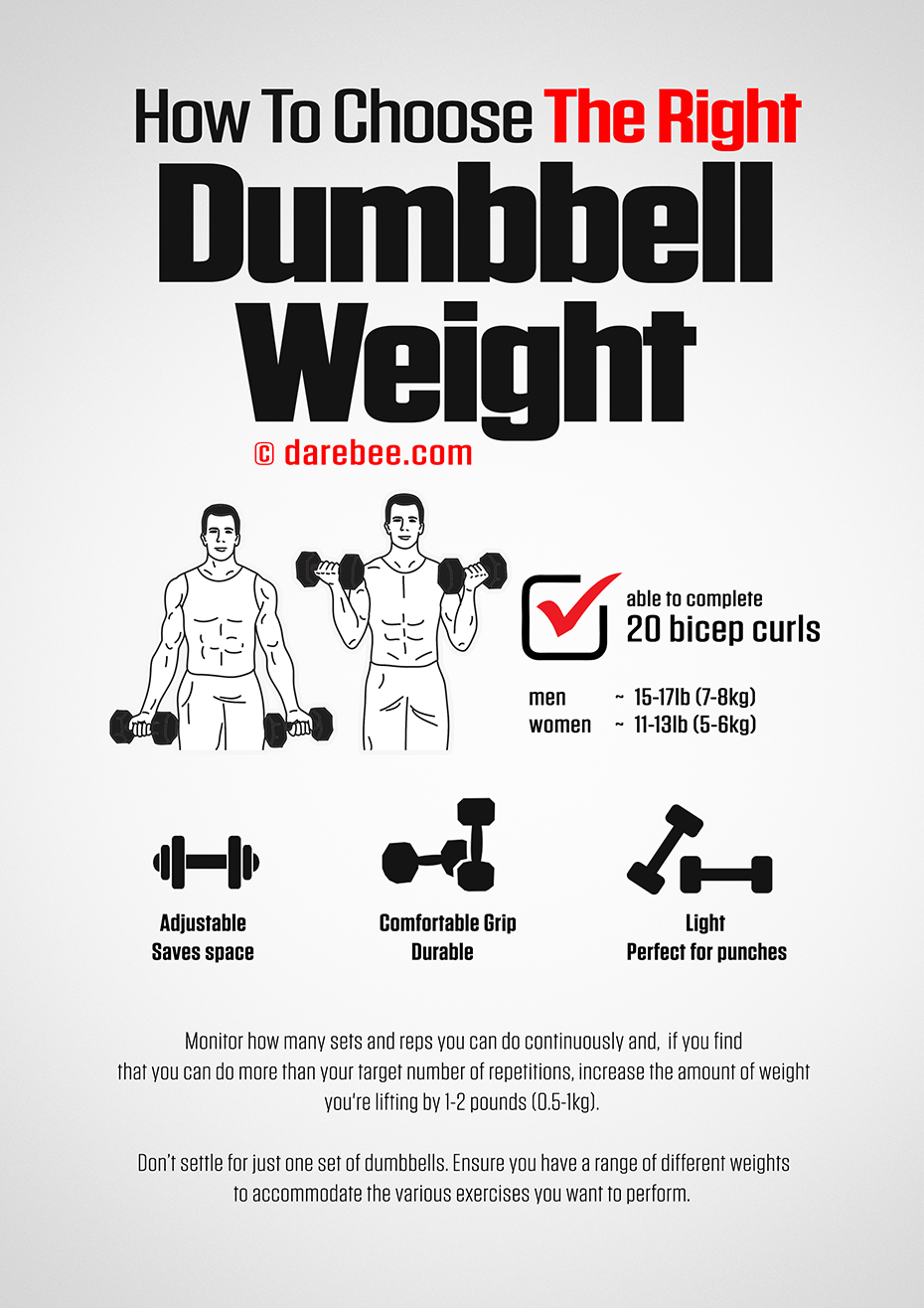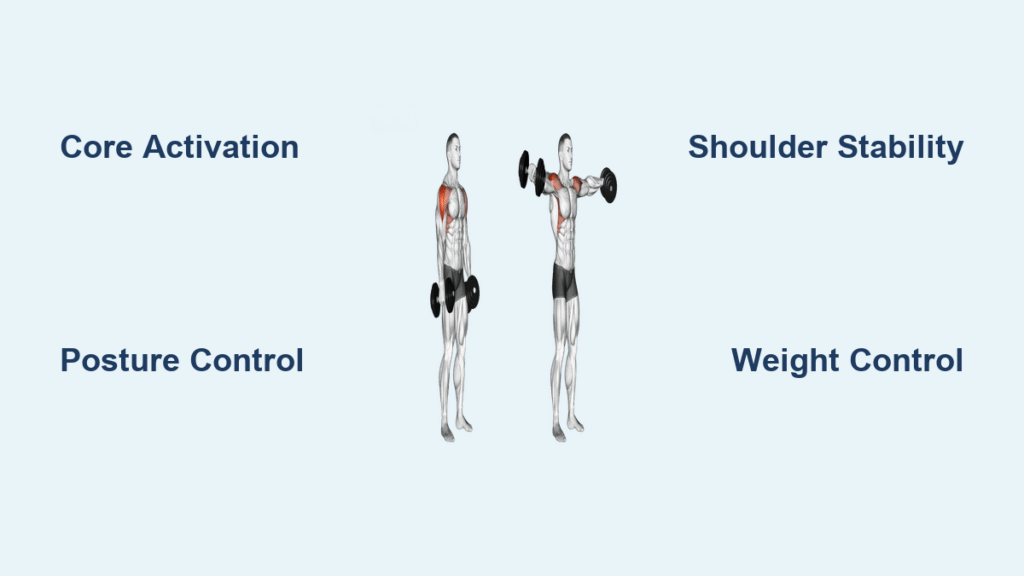Tired of being chained to the bench for chest day? The standing dumbbell chest press transforms your traditional pressing routine into a dynamic, full-body challenge that builds functional strength without bulky equipment. Unlike lying variations, this exercise forces your core, glutes, and stabilizers to work overtime while your chest muscles drive the movement. Whether you’re setting up a home gym or seeking athletic performance gains, this underrated move delivers serious results with just a pair of dumbbells.
Forget the limitations of fixed bar paths and bench dependency. The standing dumbbell chest press allows natural joint rotation, reducing shoulder stress while increasing muscle activation in your entire kinetic chain. Research shows significantly greater engagement of core stabilizers compared to supine pressing – turning every rep into a lesson in full-body tension. In this guide, you’ll discover the exact form cues, programming strategies, and troubleshooting fixes used by elite trainers to maximize your standing chest press.
Why Standing Chest Press Beats Bench Press for Real-World Strength
The standing dumbbell chest press fundamentally changes your muscle recruitment pattern by removing external support. When you stand without bench assistance, your posterior chain activates immediately to prevent backward collapse. Your glutes lock your hips while your erector spinae and deep core muscles fire continuously to maintain upright posture – something bench pressing completely bypasses.
Critical stability differences you’ll feel immediately:
– Core activation increases by 40-60% compared to bench variations
– Natural wrist/elbow rotation eliminates joint pinching
– Independent limb loading exposes strength imbalances
– Anti-rotation demands engage obliques with every rep
This movement’s freedom of motion mimics real-world pushing scenarios – from shoving a stuck car to breaking tackles in sports. The unstable stance forces your serratus anterior to stabilize your scapulae actively, creating bulletproof shoulder health that bench pressing often compromises.
Proper Equipment Setup for Maximum Gains

Choose your weapon based on your goal:
– Single-dumbbell vertical press: Best for beginners and core integration (use one dumbbell held with both hands)
– Bilateral horizontal press: Ideal for hypertrophy (use two dumbbells pressed straight forward)
Weight selection rules most lifters ignore:
– Start with just 30-50% of your flat bench max weight
– Prioritize control over load for first 2-3 weeks
– Add only 2.5-5 pounds when you hit all reps with perfect form
Grab your dumbbells and stand in an open space – no bench required. Ensure you have 3 feet of clearance behind you to prevent stumbling during the eccentric phase. The lighter weight requirement shocks most lifters, but the instability makes 50% of your bench max feel like 70-80% when standing.
Single-Dumbbell Technique: Step-by-Step Breakdown
Perfect Stance and Posture Foundation
Stand with feet hip-width apart, knees softly bent as if ready for a jump. Crucial cue: Imagine screwing your feet into the floor while simultaneously pulling your belt buckle toward your chin. This posterior pelvic tilt eliminates lower back strain while engaging your glutes. Your ribcage should stack directly over your pelvis – no rib flaring allowed.
Grip and Starting Position Secrets
Hold the dumbbell vertically with both hands cradled against your mid-sternum. Palms face each other with elbows tucked at 45 degrees to your torso. Visual cue: Your forearms should form a straight line from wrist to elbow – no wrist bending. The dumbbell head rests against your chest, not your abdomen.
The Pressing Motion That Builds Chest Thickness
Drive the weight forward and slightly upward on a 10-15 degree diagonal while exhaling forcefully. Key checkpoint: The dumbbell should finish below shoulder level – if it reaches eye height, your deltoids have taken over. Squeeze your shoulder blades down and back throughout the movement as if tucking them into back pockets. Lower the weight for 2-3 seconds while inhaling, maintaining constant tension in your chest.
Two-Dumbbell Variations for Advanced Lifters

The bilateral version unlocks new growth pathways while challenging anti-rotation stability. Hold dumbbells at chest height with palms facing forward or in neutral grip. Press both weights straight forward horizontally until arms fully extend (but don’t lock elbows).
Three progression techniques that shock your pecs:
1. Squeeze Press: Press dumbbells together isometrically during the concentric phase
2. Cross-Body Raise: Press one dumbbell diagonally across your torso
3. Tempo Overload: Use 3-second eccentric, 1-second pause, 3-second concentric
For serious core integration, try the split-stance variation: step one foot forward into a lunge position while pressing. This creates unilateral stability demands that torch your obliques while building chest mass.
Programming That Delivers Visible Results
Beginner Chest Press Protocol (Weeks 1-4)
Perform 3 sets of 12-15 reps at RPE 6-7 (leaving 3-4 reps in reserve). Rest 60-75 seconds between sets. Focus exclusively on nailing the posterior pelvic tilt and shoulder blade depression cues. Stop immediately if you feel lower back strain – regress to wall-supported presses until stability improves.
Hypertrophy-Focused Routine (Weeks 5+)
Progress to 3-4 sets of 8-12 reps at RPE 7-8 with 90-second rest periods. Add weight only when you complete all reps with:
– Zero trunk sway
– Consistent 2-3 second eccentric phase
– Dumbbell path staying below shoulder level
Pro tip: Superset with band pull-aparts (3×20) to counteract internal rotation and build rear delt strength.
Fix These 3 Deadly Form Mistakes Immediately
Lower Back Hyperextension Cure
The problem: Arching your lumbar spine to “help” press heavier weight. The fix: Before each rep, perform a posterior pelvic tilt by gently squeezing your glutes while drawing your tailbone under you. Place a hand on your lower back – if you feel your lumbar curve deepen during the press, reduce weight immediately.
Shoulder Elevation Emergency
The problem: Letting shoulders creep toward ears during the press, causing impingement. The fix: Perform scapular depression drills before lifting: stand against a wall with elbows bent 90 degrees, then slide shoulder blades down your back without moving arms. Maintain this position throughout your set.
Weight Drift Correction
The problem: Pressing dumbbells upward instead of forward, shifting work to shoulders. The fix: Place a target (like a shelf) at sternum height 12 inches in front of you. Press toward this point – your arms should remain parallel to the floor at full extension.
Functional Benefits That Bench Press Can’t Match
This exercise delivers athletic transfer most lifters never consider. Football linemen develop identical pressing patterns used to drive-block opponents. MMA fighters build clinch-specific strength for takedown defense. Even pushing a stalled car engages the same kinetic chain activation.
Three research-backed advantages:
– 37% greater rectus abdominis activation than bench pressing
– Natural joint rotation reduces shoulder shear forces by 22%
– Uncovers strength imbalances as small as 5% between sides
The standing dumbbell chest press transforms chest training from isolation exercise to full-body movement – making it the ultimate “functional hypertrophy” tool for real-world strength.
Safety First: When to Avoid This Exercise
Do NOT perform standing chest press if you have:
– Acute shoulder impingement (pain during 90° flexion)
– Lumbar disc herniation or severe osteoporosis
– Recent balance-related injuries (ankle sprains, vertigo)
Essential warm-up sequence:
1. 10 thoracic spine rotations against wall
2. 15 banded external rotations per arm
3. 20 glute bridges with pelvic tilt emphasis
Always spot correctly: Stand to the lifter’s side with hands ready at elbow level. Never grab the dumbbell head – assist at the wrists if failure occurs to prevent wrist injury.
Your 30-Minute Standalone Chest Workout
Complete this equipment-minimal routine twice weekly:
Standing Dumbbell Chest Press – 3 sets × 12 reps
Rest 75 seconds
Standing Chest Fly – 3 sets × 15 reps (use light dumbbells)
Rest 60 seconds
Dumbbell Floor Press – 3 sets × 10 reps (for stretch-focused pec activation)
Rest 45 seconds
Band Pull-Apart – 3 sets × 20 reps (immediate shoulder relief)
Pro tip: Perform chest flys with a 3-second pause at full stretch to maximize muscle damage. The floor press provides deep pec stretch without shoulder strain – crucial for balanced development.
Progress Like a Pro: Troubleshooting Guide
Stuck at the same weight? Test these checkpoints:
– Core stability test: Perform 10 reps with eyes closed – if you sway, add Pallof presses
– ROM test: Shoulders must reach 90° flexion without pain – if limited, do wall slides
– Quality checkpoint: Pause 2 seconds at mid-rep – if elbows drift outward, reduce weight
When to progress: Only when you hit all prescribed reps with RPE ≤7 for two consecutive sessions. Add just 2.5-5 pounds per dumbbell – the instability makes small jumps feel massive. Never sacrifice form for load; your standing press should always look controlled, not explosive.
Master the standing dumbbell chest press, and you’ll build a stronger, more resilient upper body that performs in the real world. Ditch the bench dependency and embrace the instability – your chest, core, and athletic performance will thank you. Start light, focus on precision, and watch how this single movement transforms your entire pressing strength.




